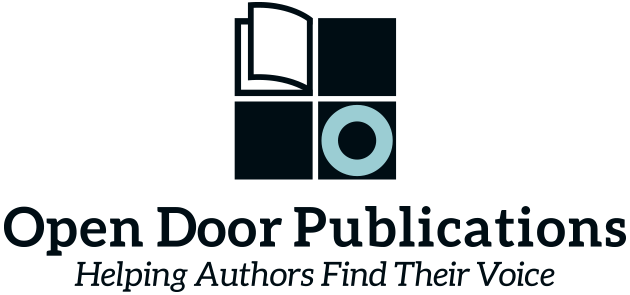By Christina Wible
There’s a lot of discussion among authors and publishers these days – should you publish work as an e-book, or a “tree book,” as one well-known publisher recently called the traditional paper book. Those who hype technology say e-books are the way to go. Those who self-publish books say it’s the way to go. The best reasons to consider e-publishing are expansion of your market and growth of your platform. But is every book suitable to be published electronically? Is your book suitable to be published on Kindle or Nook or as an Apple® iBook? E-publishers would like you to think that every book should be out there in the all the formats, but the reality is that there are times when e-publishing is not graphically or monetarily feasible. Let’s look at several types of books and check their suitability for e-publication.
The Novel: By all means, e-publish. For the self-published author this can be the no-cost or low-cost way to a larger market. It’s basically a no-brainer for the self-published fiction writer or for someone published by a small traditional publisher with a limited marketing budget. If you are a fiction writer whose publisher is not urging you to e-publish, find out what is ailing in their marketing department. Some traditional publishers like to lag the e-book publication behind the paper book to maximize sales of the more expensive paper product. Just make sure they intend to follow up the paper version in the “cloud.” Many novel readers are trimming down their bookshelves in favor of their hand-held device; it would be a shame to miss that market.
Graphic novel: This can also be transferred to the e-publishing format, though with a bit more effort than plain text. Your market for a graphic novel is especially lush with technically savvy young adults. The book will not look the same as on paper, be prepared for a frame a page and other shortcuts, but if you can live with those constraints; publish away. For people reading the book on a small device (iPhone for example) graphics may be reduced to intelligible globs.
Non-fiction, how-to or workbook: Some non-fiction does translate well, but a graphically intensive workbook or a book that uses sidebars, illustrations or question-and-answer space for the reader’s written reflections, will in most cases not translate well to an e-book unless it is significantly altered. If the attraction of your book is its interior design, learn exactly what the limitations of e-publication for your particular book will be. Technical books that are graph intensive are also problematical.
Once you have settled on format the next question is economics.
How many copies do you honestly feel you will sell? If you can format the book yourself and not have to pay to have it redesigned, the e-book becomes a free ride. If you need to pay someone to format, you might want to do some spreadsheet cranking. Paying $300 for formatting and then selling 12 books at royalties of $2.99 each isn’t going to turn you into a millionaire.
In all cases remember that publication, whether in hard copy or online, does not immediately equal sales. Marketing and publicity are essential. Books do not sell themselves. Without marketing, your book will sit on the shelf – or the website.
Christina Wible is the author of two novels, In Season and In Between Goodbyes. Both are published both as e-books and tree books. Learn more about her books at www.ChristinaWible.com.
